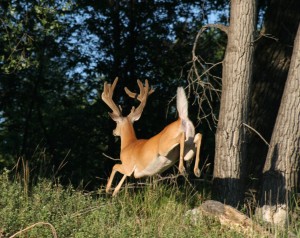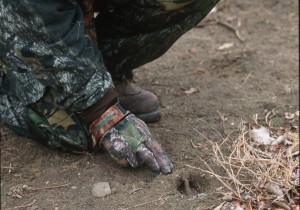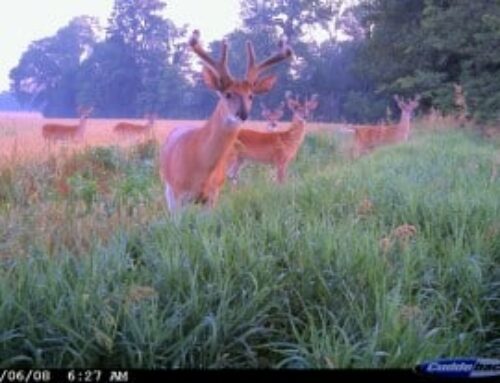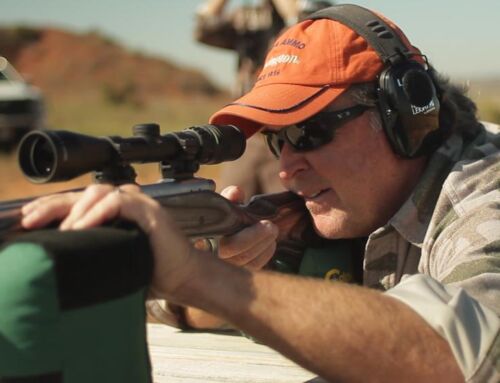 The buck of your dreams is out there somewhere, fat and happy and lounging in the heat, his furry antlers still growing. Now is time to start laying the groundwork to find him and then hunt him in 2 or 3 months, when his rack will be polished and tall, wide and handsome.
The buck of your dreams is out there somewhere, fat and happy and lounging in the heat, his furry antlers still growing. Now is time to start laying the groundwork to find him and then hunt him in 2 or 3 months, when his rack will be polished and tall, wide and handsome.
Look
On these sultry August evenings, drive out to your hunting spot an hour before dusk and glass fields of soybeans, alfalfa or clover from a good distance away. No crops or plots on your land? No worries. On my best Virginia farm, I glass bucks in pastures that haven’t been planted for years. After those fields are hayed in late summer, deer visit them to feed on green forbs that pop up, especially after a summer rain. You might also glass a bachelor’s gang of bucks mingling in a clear-cut, power line right-of-way, etc.
While the best buck movement in August occurs around food sources in the evenings, get up and scout a few mornings too. Grab a cup of coffee, drive out and glass the same fields and edges at sunrise. Look for bucks cutting across fields, walking tree lines and slipping back into the woods as they head for bedding areas. This reveals another link in their routine.
Hike
Let’s suppose you’ve hunted a 200- to 400-acre block of woods for years, which is typical for millions of hunters across the country. You’ve probably only hunted 100 of those acres, or maybe even just 50 of 75. You don’t want to spook bucks, and you figure other people hunt the ridges and hollows beyond your stand anyhow, so you stay put. Plus, you’ve gotten comfy and lazy. You bust a buck in your familiar spot every once in a while, so you stick with it.
Well, get out of your rut this season. Slip on snake boots, spray down with bug dope and spend a few mornings hiking every acre of your property (well, most of it anyhow). Break the woods into 20- or 30-acre grids. Hike the perimeters of each grid first and work your way into the centers. It will take several days or even weeks, but hiking is good for you, and you’ll learn a lot. Carry your phone and consult your favorite land app. Drop pins on new discoveries—a fence gap where two trails converge, a ridge point that deer skirt, a hidden creek crossing, an oak grove heavy with green nuts you never knew about… Come back in a few weeks, and hang a stand or two in a new choke points or oak flat you found. You might bust a buck there in bow season.
Drive
It’s easy to get so wrapped up in glassing and scouting your land that you neglect the adjacent properties. That’s a mistake because what happens across the fences dictates 50 percent or more of the deer movements in your area.
Spend a few days driving the perimeter roads of the spots you hunt. Doesn’t matter if you don’t have permission to the neighboring properties, it never hurts to look. Take note of nearby ridges, draws, creeks and fences that should funnel bucks onto your spot. Travel corridors that lead to and from crop fields in the area should really catch your eye.
Remember, It’s about the Long Game
Scouting early and often in August pays off, even if you don’t connect on a good buck during early archery season. As late summer turns to fall, you might spot your target buck only a few times, or you might “lose” him altogether for weeks or even a month. But the onset of the rut will bring a big deer, running on increased testosterone, back to his home core area. One day in October or November you might finally shoot the right there where you scouted him this summer.






